Mechanical and Durability Analysis of Fly Ash Based Geopolymer with Various Compositions for Rigid Pavement Applications
Abstract
:1. Introduction
2. Materials and Method
2.1. Materials
2.2. Methodology
3. Result and Discussion
3.1. Chemical Composition of Fly Ash
3.2. Morphological Analysis of Fly Ash
3.3. Optimization of Fly Ash Based Geopolymer for Rigid Pavement Application
3.3.1. Effect of Molarity of NaOH on Density of Fly Ash Based Geopolymer
3.3.2. Effect of Molarity of NaOH on Water Absorption of Fly Ash Based Geopolymer
3.3.3. Effect of Molarity of NaOH on Compressive Strength of Fly Ash Based Geopolymer
3.3.4. Effect of NaOH to Na2SiO3 (SS/SH) Ratio on Density of Fly Ash Based Geopolymer
3.3.5. Effect of NaOH to Na2SiO3 (SS/SH) Ratio on Water Absorption of Fly Ash Based Geopolymer
3.3.6. Effect of NaOH to Na2SiO3 (SS/SH) Ratio on Water Absorption of Fly Ash Based Geopolymer
3.3.7. Effect of Solid-to-Liquid (S/L) Ratio on Density of Fly Ash Based Geopolymer
3.3.8. Effect of Solid-to-Liquid (S/L) Ratio on Water Absorption of Fly Ash Based Geopolymer
3.3.9. Effect of Solid-to-Liquid (S/L) Ratio on Compressive Strength of Fly Ash Based Geopolymer
3.4. Durability Analysis
3.4.1. Acid Resistance Test on Concrete
3.4.2. Appearance of Exposed Concrete
4. Conclusions and Future Work
- The concentration of NaOH of 12 M, SS/SH ratio of 2.0, and S/L ratio of 2.5 are the optimum parameters to synthesize fly ash based geopolymer.
- The optimum ratio of sodium silicate to sodium hydroxide (SS/SH ratio) for synthesis of fly ash based geopolymer is 2.0, as geopolymer with an SS/SH ratio of 2.0 produced the best result compared to other the SS/SH ratios of 1.5, 2.5, and 3.0.
- The optimum solid to liquid (S/L) ratio for fly ash based geopolymer is 2.5. This S/L ratio yields fly ash based geopolymer with the highest compressive strength compared to ratios (1.5, 2.0, and 3.0).
- As the concentration of NaOH increases to 12 M, the OH− concentration increases, which accelerates the dissolution and hydrolysis processes. As the ratio of SS/SH increases, the Si/Al ratio increases and favours the formation of strong bonds. As the S/L ratio increases to 2.5, the rate of intermolecular contact between precursor material and alkaline activator increases, consequently increasing the rate of dissolution of aluminosilicate material.
- The use of this formulation produces fly ash based geopolymer with compressive strength of 47 MPa, which exceeds the minimum compressive strength required for rigid pavement application based on Standard Specification for Road Work by Jabatan Kerja Raya (JKR).
- It is also found that the percentage of compressive strength loss and weight loss of fly ash based geopolymer concrete is lower compared to that of OPC concrete after acid immersion. Fly ash based geopolymer is less susceptible to acid attack due to low calcium content and low permeability. OPC concrete suffers from high surface erosion due to the presence of hydration product Ca(OH)2. The acid reacts with Ca(OH)2 to form gypsum and ettringite, which are soft and porous.
Author Contributions
Funding
Institutional Review Board Statement
Informed Consent Statement
Data Availability Statement
Acknowledgments
Conflicts of Interest
References
- Hajj, E.Y.; Sebaaly, P.E.; Kandiah, P. Evaluation of the use of reclaimed asphalt pavement in airfield HMA pavements. J. Transp. Eng. 2010, 136, 181–189. [Google Scholar] [CrossRef]
- Topini, D.; Toraldo, E.; Andena, L.; Mariani, E. Use of recycled fillers in bituminous mixtures for road pavements. Constr. Build. Mater. 2018, 159, 189–197. [Google Scholar] [CrossRef]
- Shill, S.K.; Al-Deen, S.; Ashraf, M.; Rashed, M.G.; Hutchison, W. Consequences of aircraft operating conditions at military airbases: Degradation of ordinary mortar and resistance mechanism of acrylic and silica fume modified cement mortar. Road Mater. Pavement Des. 2022, 23, 98–111. [Google Scholar] [CrossRef]
- Milind, V.M.; Kadam, K.N. A Comparative Study on Rigid and Flexible Pavement: A Review. J. Mech. Civ. Eng. 2016, 13, 84–88. [Google Scholar] [CrossRef]
- Gautam, P.K.; Kalla, P.; Jethoo, A.S.; Agrawal, R.; Singh, H. Sustainable use of waste in flexible pavement: A review. Constr. Build. Mater. 2018, 180, 239–253. [Google Scholar] [CrossRef]
- Chalangaran, N.; Farzampour, A.; Paslar, N.; Fatemi, H. Experimental Investigation of Sound Transmission Loss in Concrete Containing Recycled Rubber Crumbs. Adv. Conc. Constr. Technopress 2021, 11, 447–454. [Google Scholar] [CrossRef]
- Farzampour, A. Compressive Behavior of Concrete under Environmental Effects; Intech Open: Rijeka, Croatia, 2019. [Google Scholar] [CrossRef] [Green Version]
- Chalangaran, N.; Farzampour, A.; Paslar, N. Nano silica and metakaolin effects on the behavior of concrete containing rubber crumbs. CivilEng 2020, 1, 264–274. [Google Scholar] [CrossRef]
- Wang, A.; Zheng, Y.; Zhang, Z.; Liu, K.; Li, Y.; Shi, L.; Sun, D. The Durability of Alkali-Activated Materials in Comparison with Ordinary Portland Cements and Concretes: A Review. Engineering 2020, 6, 695–706. [Google Scholar] [CrossRef]
- Davidovits, J. Geopolymer Chemistry and Application, 4th ed.; Institut Geopolymere: Saint-Queentin, France, 2015. [Google Scholar]
- Ahmed, S.F.U. Fibre-reinforced geopolymer composites (FRGCs) for structural applications. Adv. Ceram. Matrix Compos. 2014, 471–495. [Google Scholar] [CrossRef]
- Anuradha, P.; Thirumala, R.; John, P. Optimization of molarity on workable self-compacting geopolymer concrete and strength study on SCGC by replacing fly ash with silica fume and GGBFS. Int. J. Adv. Struct. Geotech. Eng. 2014, 3, 11–18. [Google Scholar]
- Zailani, W.W.A.; Abdullah, M.M.A.B.; Arshad, M.F.; Razak, R.A.; Tahir, M.F.M.; Zainol, R.R.M.A.; Nabialek, M.; Sandu, A.V.; Wysłocki, J.J.; Błoch, K. Characterisation at the Bonding Zone between Fly Ash Based Geopolymer Repair Materials (GRM) and Ordinary Portland Cement Concrete (OPCC). Materials 2021, 14, 56. [Google Scholar] [CrossRef] [PubMed]
- Azimi, E.A.; Abdullah, M.M.A.B.; Vizureanu, P.; Salleh, M.A.A.M.; Sandu, A.V.; Chaiprapa, J.; Yoriya, S.; Hussin, K.; Aziz, I.H. Strength Development and Elemental Distribution of Dolomite/Fly Ash Geopolymer Composite under Elevated Temperature. Materials 2020, 13, 1015. [Google Scholar] [CrossRef] [PubMed] [Green Version]
- Tadesse, M.G.; Nagy, L.; Nierstrasz, V.; Loghin, C.; Chen, Y.; Wang, L. Low-Stress Mechanical Property Study of Various Functional Fabrics for Tactile Property Evaluation. Materials 2018, 11, 2018. [Google Scholar] [CrossRef] [PubMed] [Green Version]
- Burduhos Nergis, D.D.; Vizureanu, P.; Ardelean, I.; Sandu, A.V.; Corbu, O.C.; Matei, E. Revealing the Influence of Microparticles on Geopolymers’ Synthesis and Porosity. Materials 2020, 13, 3211. [Google Scholar] [CrossRef] [PubMed]
- ASTM C618-12a; Standard Specification for Coal Fly Ash and Raw or Calcined Natural Pozzolan for Use in Concrete. ASTM International: West Conshohocken, PA, USA, 2012.
- ASTM C305-20; Standard Practice for Mechanical Mixing of Hydraulic Cement Pastes and Mortars of Plastic Consistency. ASTM International: West Conshohocken, PA, USA, 2020.
- ASTM C267-20; Standard Test Methods for Chemical Resistance of Mortars, Grouts, and Monolithic Surfacings and Polymer Concretes. ASTM International: West Conshohocken, PA, USA, 2020.
- Nikoloutsopoulos, M.; Sotiropoulou, A.; Kakali, G.; Tsivilis, S. Physical and Mechanical Properties of Fly Ash Based Geopolymer Concrete Compared to Conventional Concrete. Buildings 2021, 11, 178. [Google Scholar] [CrossRef]
- Wattimena, O.K.; Antoni; Hardjito, D. A review on the effect of fly ash characteristics and their variations on the synthesis of fly ash based geopolymer. AIP Conf. Proc. 2017, 1887, 020041. [Google Scholar] [CrossRef] [Green Version]
- Rahman, S. Nanofiber Reinforcement of a Geopolymer Matrix for Improved Composite Materials Mechanical Performance. Ph.D. Thesis, Colorado State University, Fort Collins, CO, USA, 2015. Available online: https://www.researchgate.net/publication/282981109_Nanofiber_Reinforcement_of_a_Geopolymer_Matrix_for_Improved_Composite_Materials_Mechanical_Performance (accessed on 1 July 2015).
- Zhang, Z. The Effects of Physical and Chemical Properties of Fly Ash on the Manufacture of Geopolymer Foam Concretes. Ph.D. Thesis, University of Southern Queensland, Darling Heights, Australia, 2014. Available online: https://core.ac.uk/download/pdf/211498587.pdf (accessed on 8 May 2022).
- Abdullah, A.; Hussin, K.; Abdullah, M.M.A.B.; Yahya, Z.; Sochacki, W.; Razak, R.A.; Błoch, K.; Fansuri, H. The Effects of Various Concentrations of NaOH on the Inter-Particle Gelation of a Fly Ash Geopolymer Aggregate. Materials 2021, 14, 1111. [Google Scholar] [CrossRef]
- Fatimah, A.A.S.; Ming, L.Y.; Bakri, M.M.A.; Yong, H.C.; Zulkifly, K.; Hussin, K. Effect of Alkali Concentration on Fly Ash Geopolymers. IOP Conf. Ser. Mater. Sci. Eng. 2018, 343, 012013. [Google Scholar] [CrossRef]
- Ng, H.T.; Heah, C.Y.; Liew, Y.M.; Abdullah, M.M.A.B. The effect of various molarities of NaOH solution on fly ash geopolymer paste. AIP Conf. Proc. 2018, 2045, 020098. [Google Scholar] [CrossRef]
- Chindaprasirt, P.; Jaturapitakkul, C.; Chalee, W.; Rattanasak, U. Comparative study on the characteristics of fly ash and bottom ash geopolymers. Waste Manag. 2009, 29, 539–543. [Google Scholar] [CrossRef]
- Arafa, T.A.; Ali, A.Z.M.; Awal, A.S.M.A.; Loon, L.Y. Optimum mix of fly ash binder based on workability and compressive strength. IOP Conf. Ser. Earth Environ. Sci. 2018, 140, 012157. [Google Scholar] [CrossRef]
- Ferdous, M.W.; Kayali, O.; Khennane, A. A Detailed Procedure of Mix Design for Fly Ash Based Geopolymer Concrete; International Institute for FRP in Construction: Melbourne, Australia, 2013. [Google Scholar]
- Morsy, M.S.; Alsayed, S.H.; Al-Salloum, Y.; Almusallam, T. Effect of Sodium Silicate to Sodium Hydroxide Ratios on Strength and Microstructure of Fly Ash Geopolymer Binder. Arab. J. Sci. Eng. 2013, 39, 4333–4339. [Google Scholar] [CrossRef]
- Leong, I.Y.; Ong, D.E.L.; Sanjayan, J.G.; Nazari, A. The effect of different Na2O and K2O ratios of alkali activator on compressive strength of fly ash based-geopolymer. Constr. Build. Mater. 2016, 106, 500–511. [Google Scholar] [CrossRef] [Green Version]
- Wang, X.; Liu, X.; Zhang, W.; Li, Z.; Zhang, Y.; Li, Y.; Ren, Y. Effects of Si/Al ratio on the efflorescence and properties of fly ash based geopolymer. J. Clean. Prod. 2019, 244, 118852. [Google Scholar] [CrossRef]
- Asif, A.; Man, Z.; Azizli, K.A.M.; Nuruddin, M.F.; Ismail, L. The Effect of Si/Al Ratio and Sodium Silicate on the Mechanical Properties of Fly Ash Based Geopolymer for Coating. Mater. Sci. Forum 2014, 803, 355–361. [Google Scholar] [CrossRef]
- Doğan-Sağlamtimur, N.; Öz, H.Ö.; Bilgil, A.; Vural, T.; Süzgeç, E. The effect of alkali activation solutions with different water glass/NaOH solution ratios on geopolymer composite materials. IOP Conf. Ser. Mater. Sci. Eng. 2019, 660, 012003. [Google Scholar] [CrossRef]
- Abdila, S.R.; Abdullah, M.M.A.B.; Ahmad, R.; Rahim, S.Z.A.; Rychta, M.; Wnuk, I.; Nabiałek, M.; Muskalski, K.; Tahir, M.F.M.; Syafwandi; et al. Evaluation on the Mechanical Properties of Ground Granulated Blast Slag (GGBS) and Fly Ash Stabilized Soil via Geopolymer Process. Materials 2021, 14, 2833. [Google Scholar] [CrossRef]
- Hardjito, D.; Cheak, C.C.; Ing, C.H.L. Strength and Setting Times of Low Calcium Fly Ash-based Geopolymer Mortar. Mod. Appl. Sci. 2008, 2, 3–11. [Google Scholar] [CrossRef] [Green Version]
- Tahir, M.F.M.; Abdullah, M.M.A.B.; Hasan, M.R.M.; Zailani, W.W.A. Optimization of fly ash based geopolymer mix design for rigid pavement application. AIP Conf. Proc. 2019, 2129, 020144. [Google Scholar] [CrossRef]
- Sing, N.Y.; Ming, L.Y.; Abdullah, M.M.A.B.; Teng, N.H.; Hussin, K.; Yong, H.C.; Mortar, N.A.M.; Sandu, A.V. Effect of Solid-to-Liquid Ratio on Thin Fly Ash Geopolymer. IOP Conf. Ser. Mater. Sci. Eng. 2020, 743, 012006. [Google Scholar] [CrossRef]
- Wang, Q.; Guo, H.; Yu, T.; Yuan, P.; Deng, L.; Zhang, B. Utilization of Calcium Carbide Residue as Solid Alkali for Preparing Fly Ash-Based Geopolymers: Dependence of Compressive Strength and Microstructure on Calcium Carbide Residue, Water Content and Curing Temperature. Materials 2022, 15, 973. [Google Scholar] [CrossRef] [PubMed]
- Ahmad Zailani, W.W.; Bouaissi, A.; Abdullah, M.M.A.B.; Abd Razak, R.; Yoriya, S.; Mohd Salleh, M.A.A.; Rozainy MAZ, M.R.; Fansuri, H. Bonding Strength Characteristics of FA-Based Geopolymer Paste as a Repair Material When Applied on OPC Substrate. Appl. Sci. 2020, 10, 3321. [Google Scholar] [CrossRef]
- Kurtoğlu, A.E.; Alzeebaree, R.; Aljumaili, O.; Gulsan, A.N.M.E.; Humur, G.; Cevik, A. Mechanical and durability properties of fly ash and slag based geopolymer concrete. Adv. Conc. Constr. 2018, 6, 345. [Google Scholar] [CrossRef]
- Lloyd, R.R.; Provis, J.L.; van Deventer, J.S.J. Acid resistance of inorganic polymer binders. 1. Corrosion rate. Mater. Struct. 2011, 45, 1–14. [Google Scholar] [CrossRef]
- Valencia-Saavedra, W.G.; de Gutiérrez, R.M.; Puertas, F. Performance of FA-based geopolymer concretes exposed to acetic and sulfuric acids. Const. Build. Mater. 2020, 257, 119503. [Google Scholar] [CrossRef]
- Luhar, S.; Luhar, I.; Nicolaides, D.; Gupta, R. Durability Performance Evaluation of Rubberized Geopolymer Concrete. Sustainability 2021, 13, 5969. [Google Scholar] [CrossRef]
- Izzat, M.; Bakri, A.M.M.A.; Kamarudin, H.; Moga, L.M.; Ruzaidi, G.C.M.; Faheem, M.T.M.; Sandu, A.V. Microstructural Analysis of Geopolymer and Ordinary Portland Cement Mortar Exposed to Sulfuric Acid. Mater. Plast. 2013, 50, 50. [Google Scholar]
- Albitar, M.; Ali, M.S.M.; Visintin, P.; Drechsler, M. Durability evaluation of geopolymer and conventional concretes. Const. Build. Mater. 2017, 136, 374–385. [Google Scholar] [CrossRef]
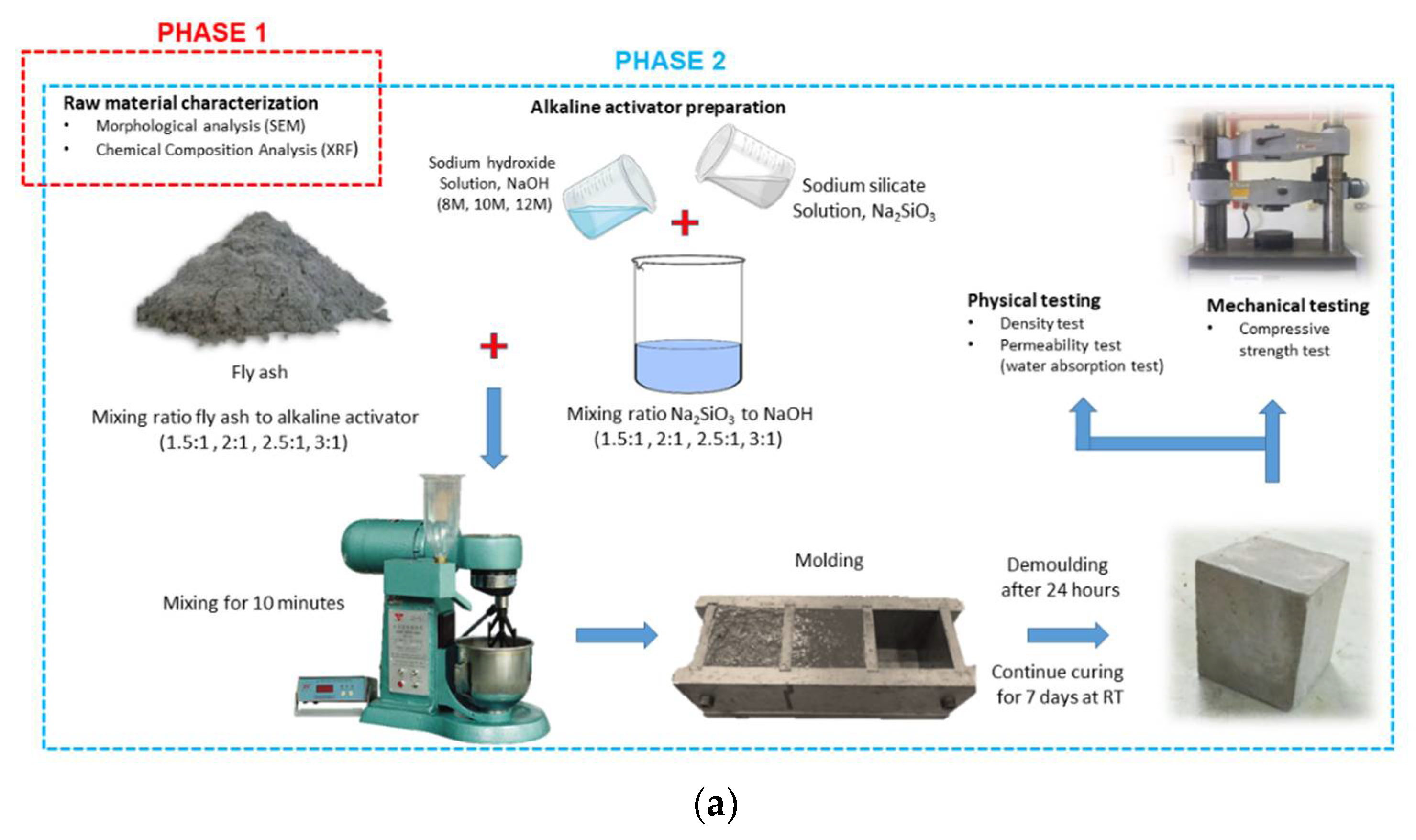

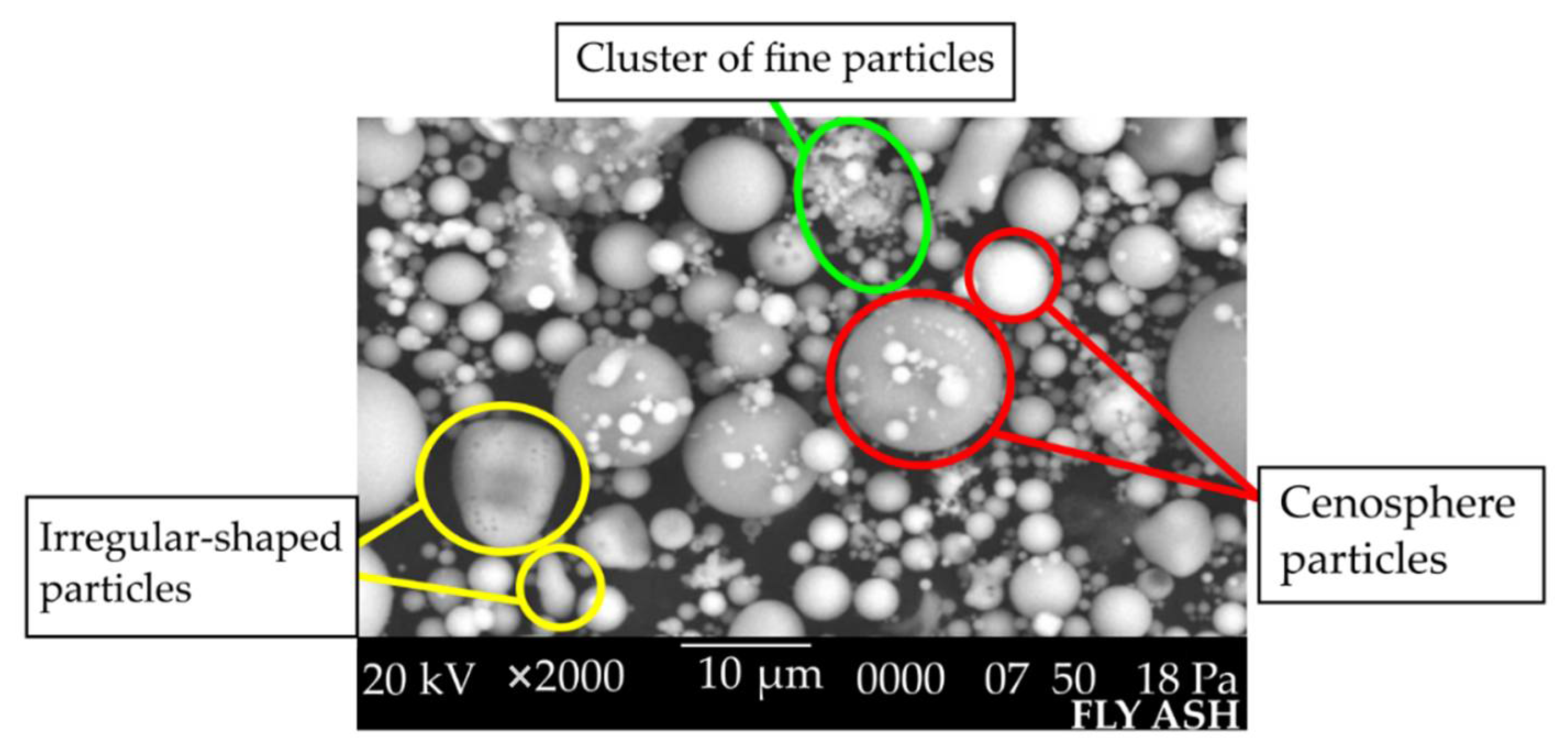
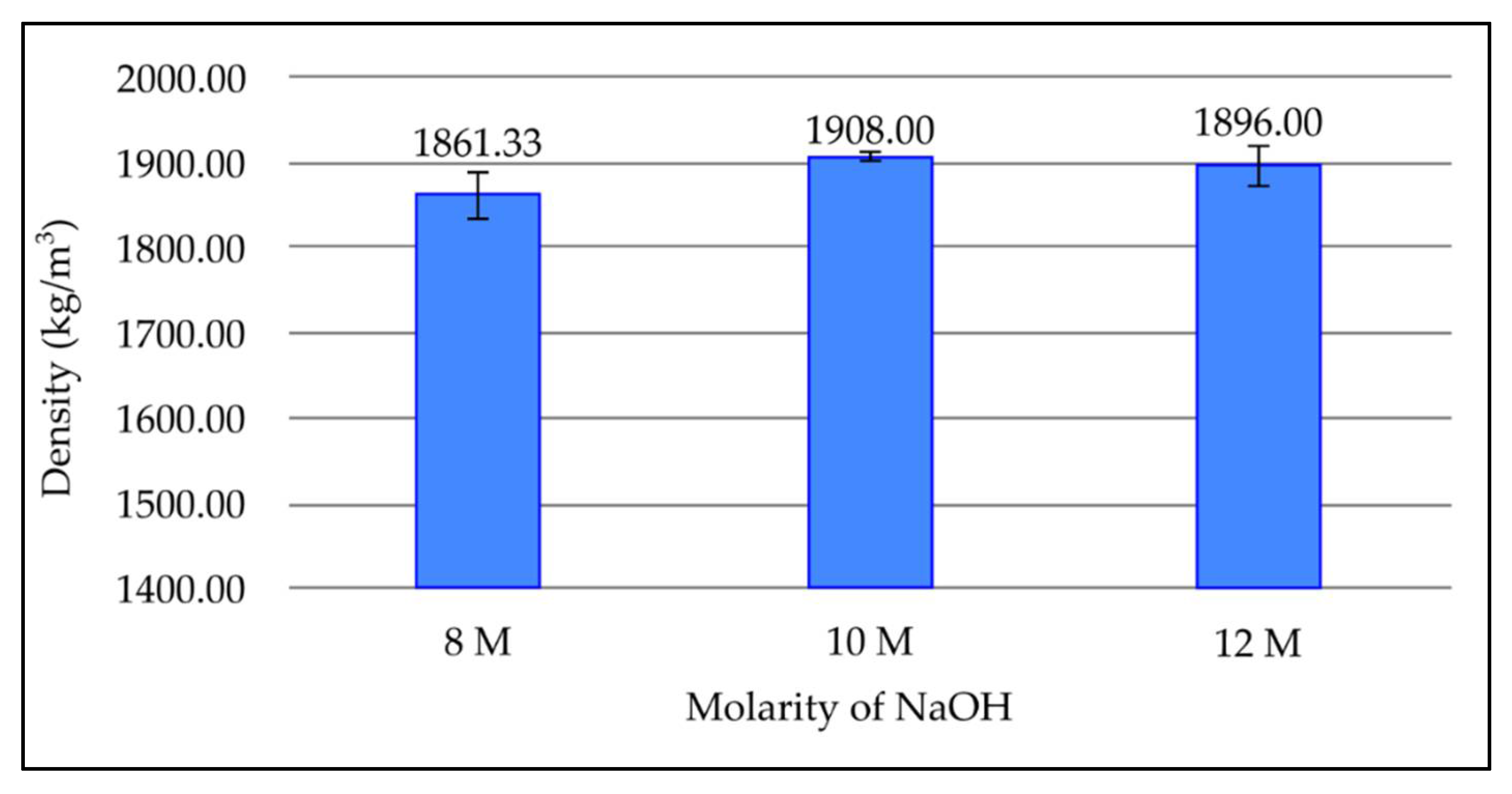
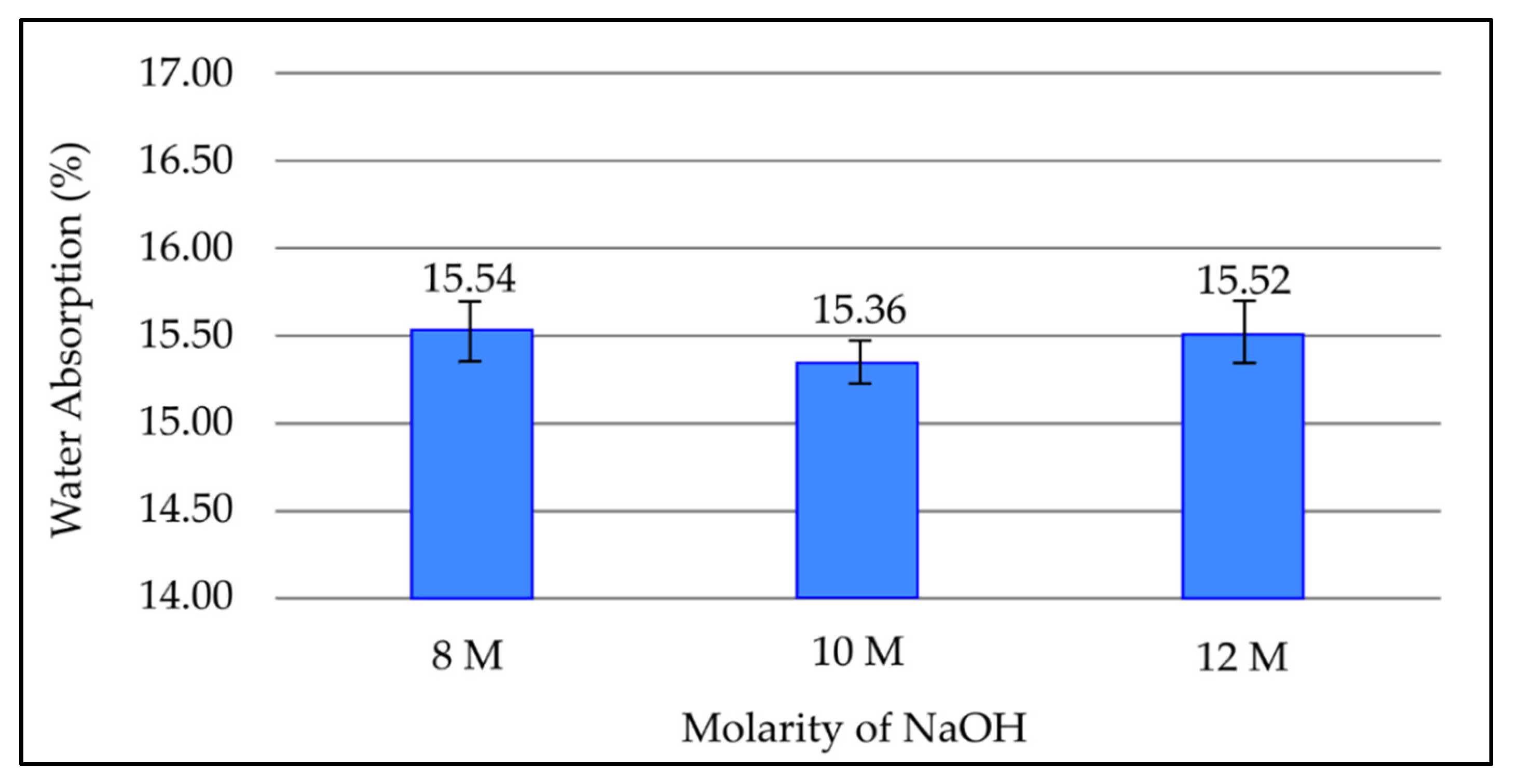
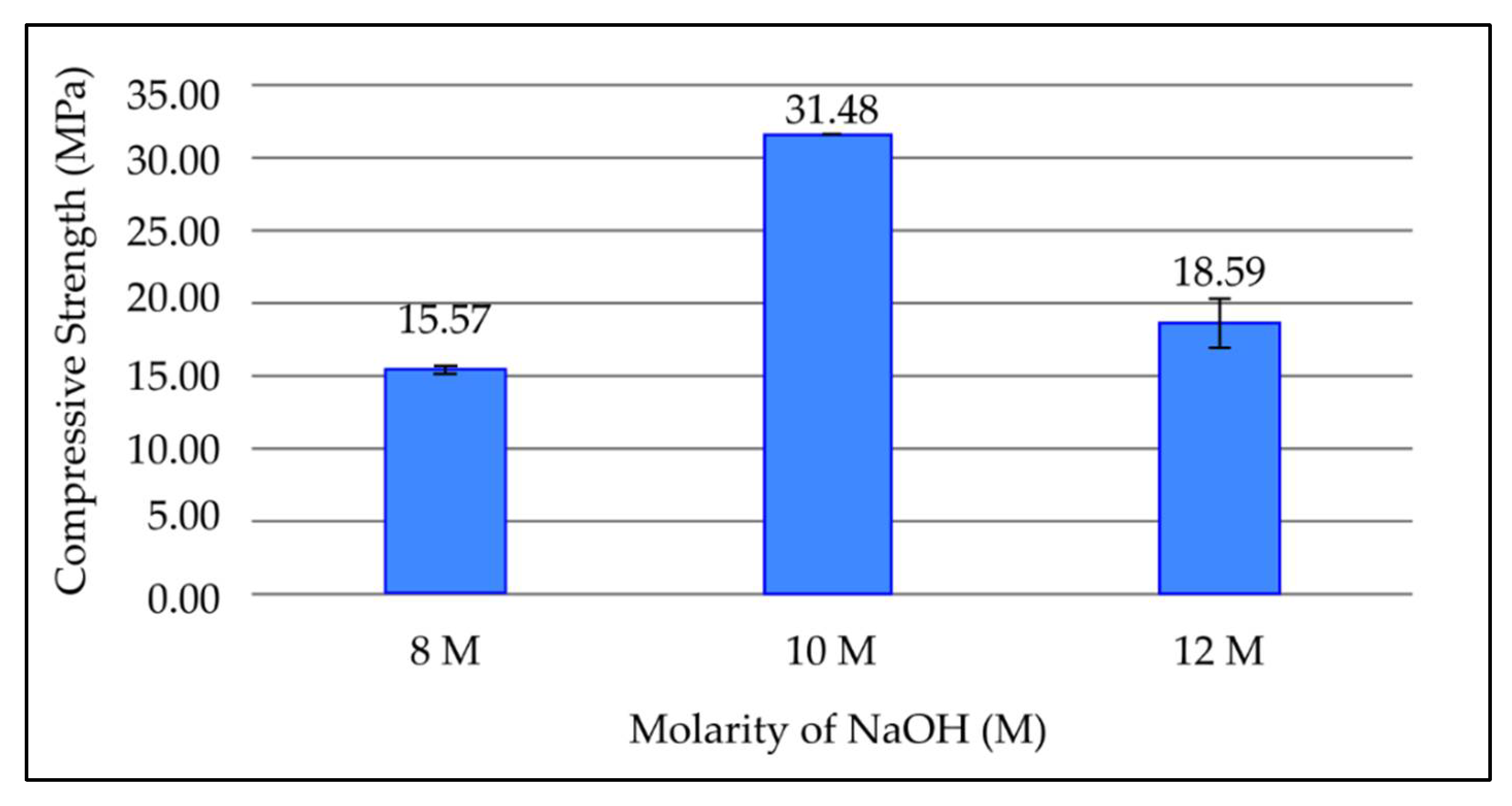
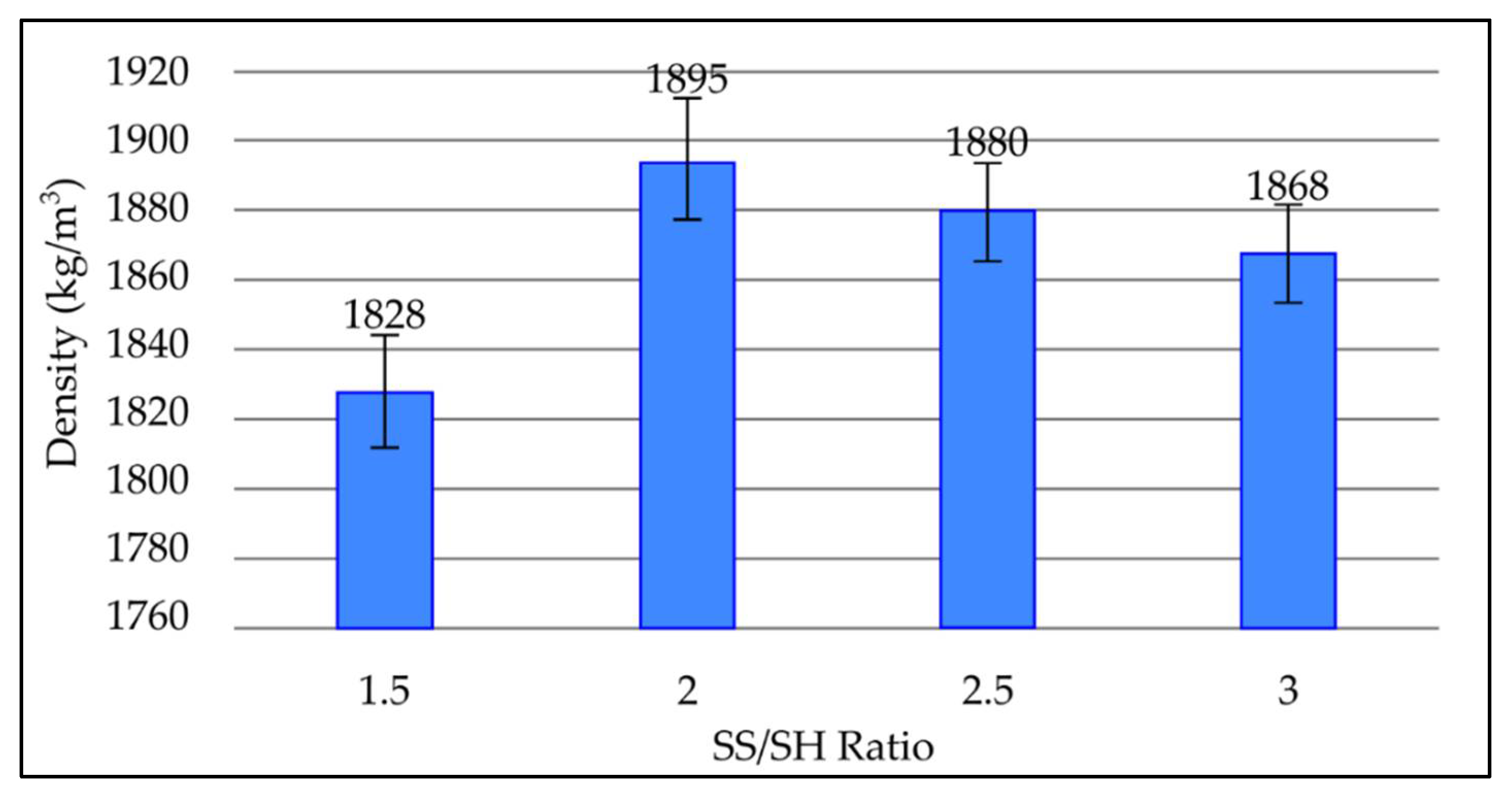
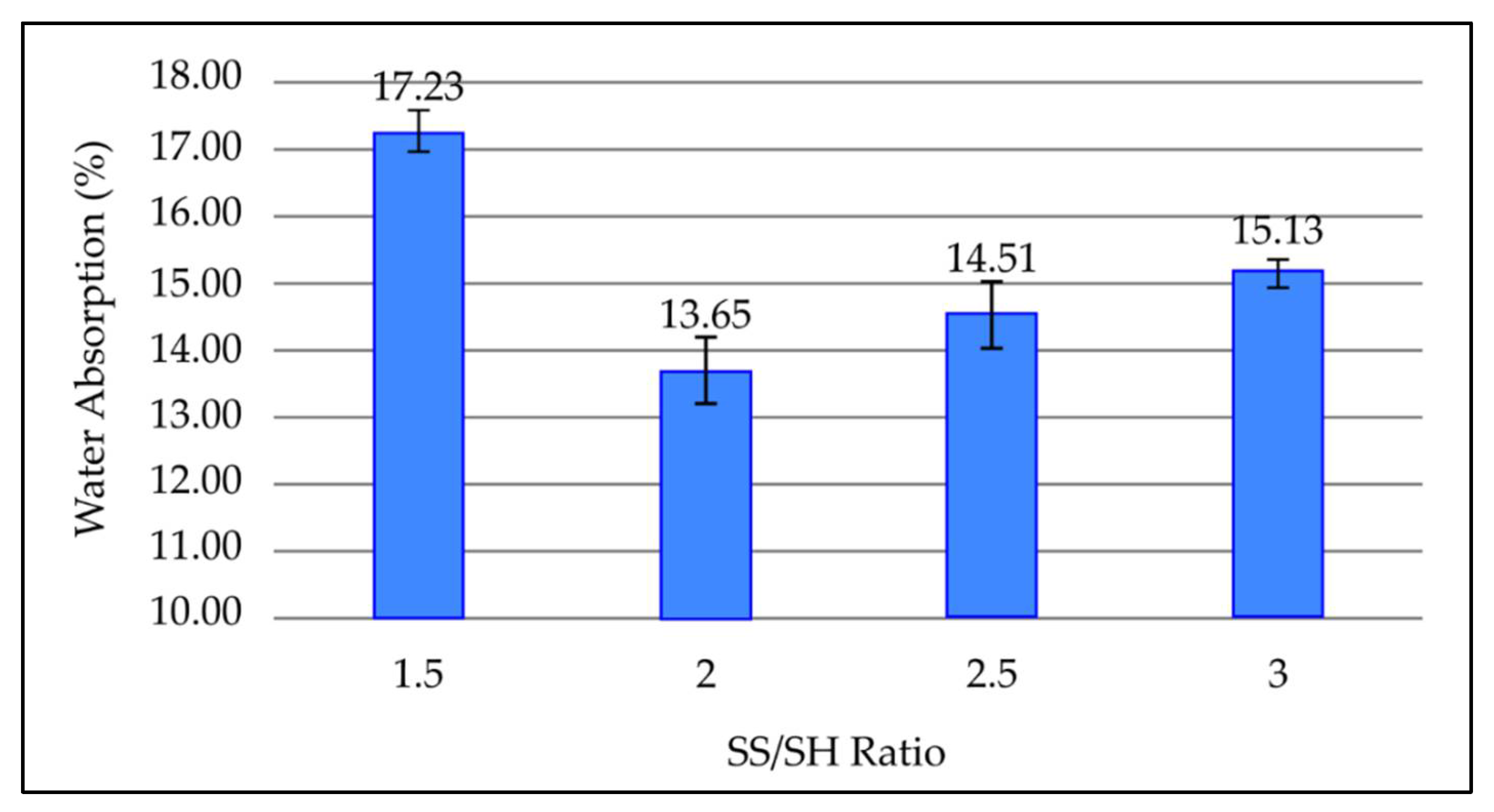

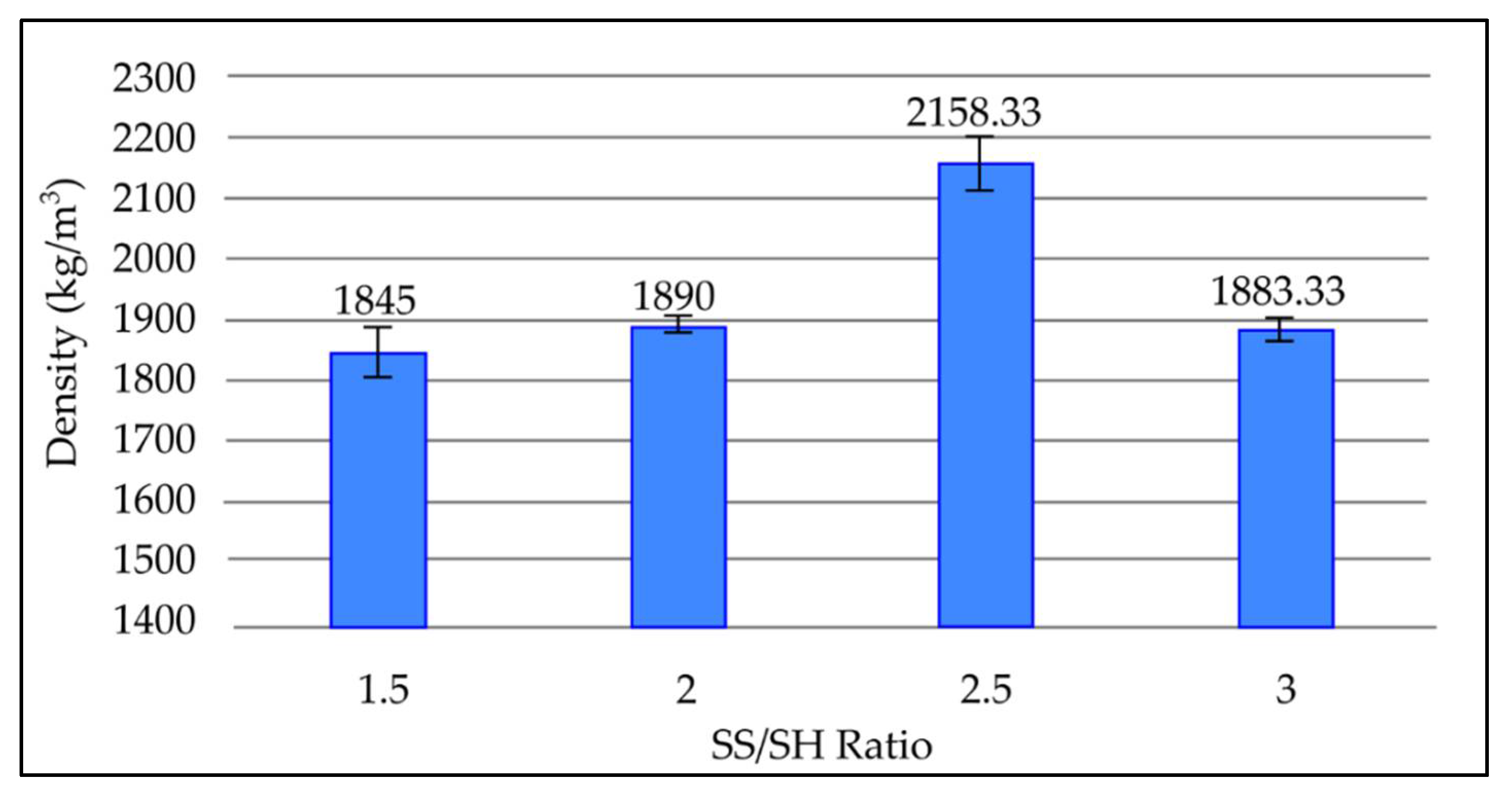
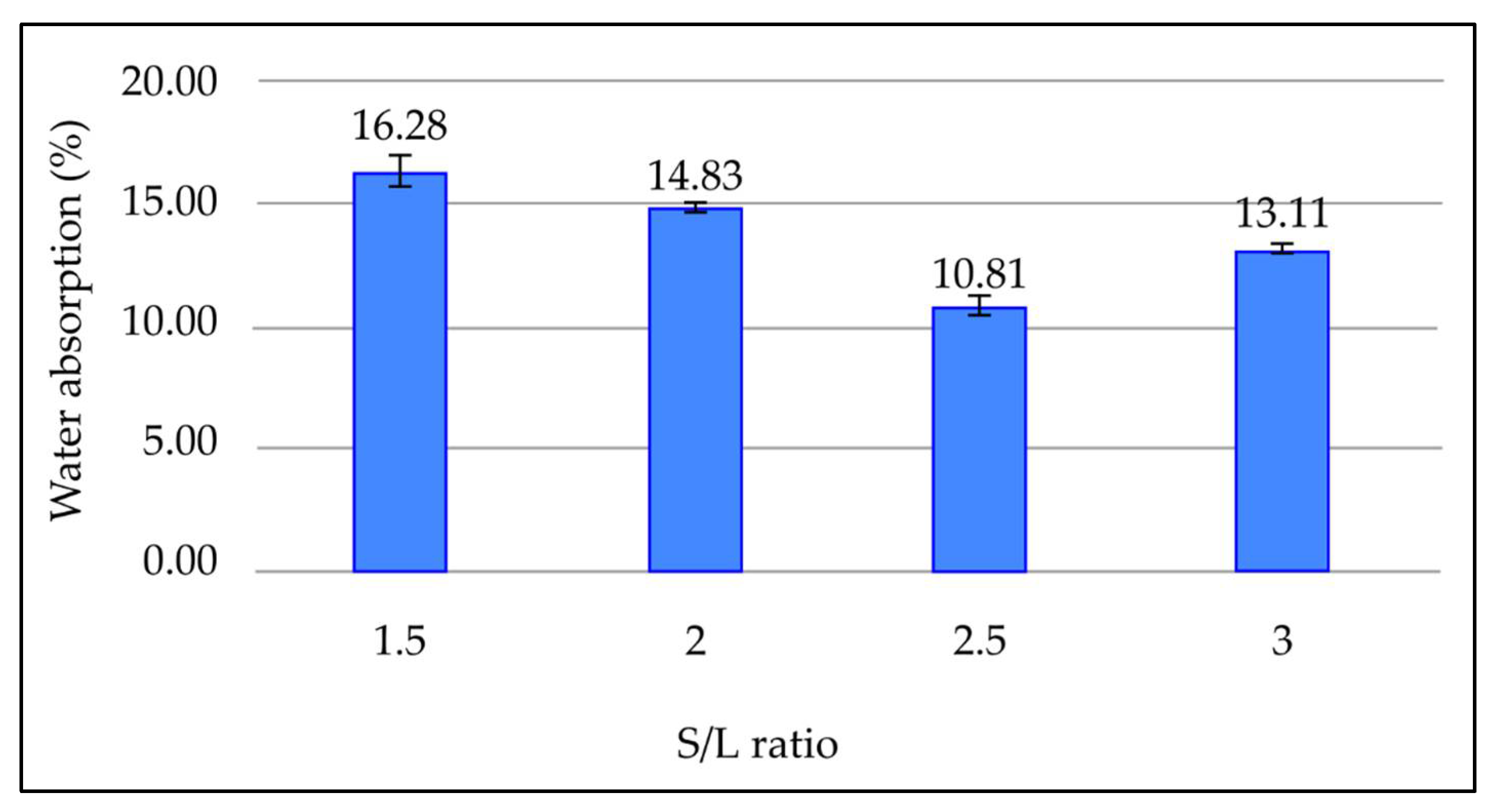
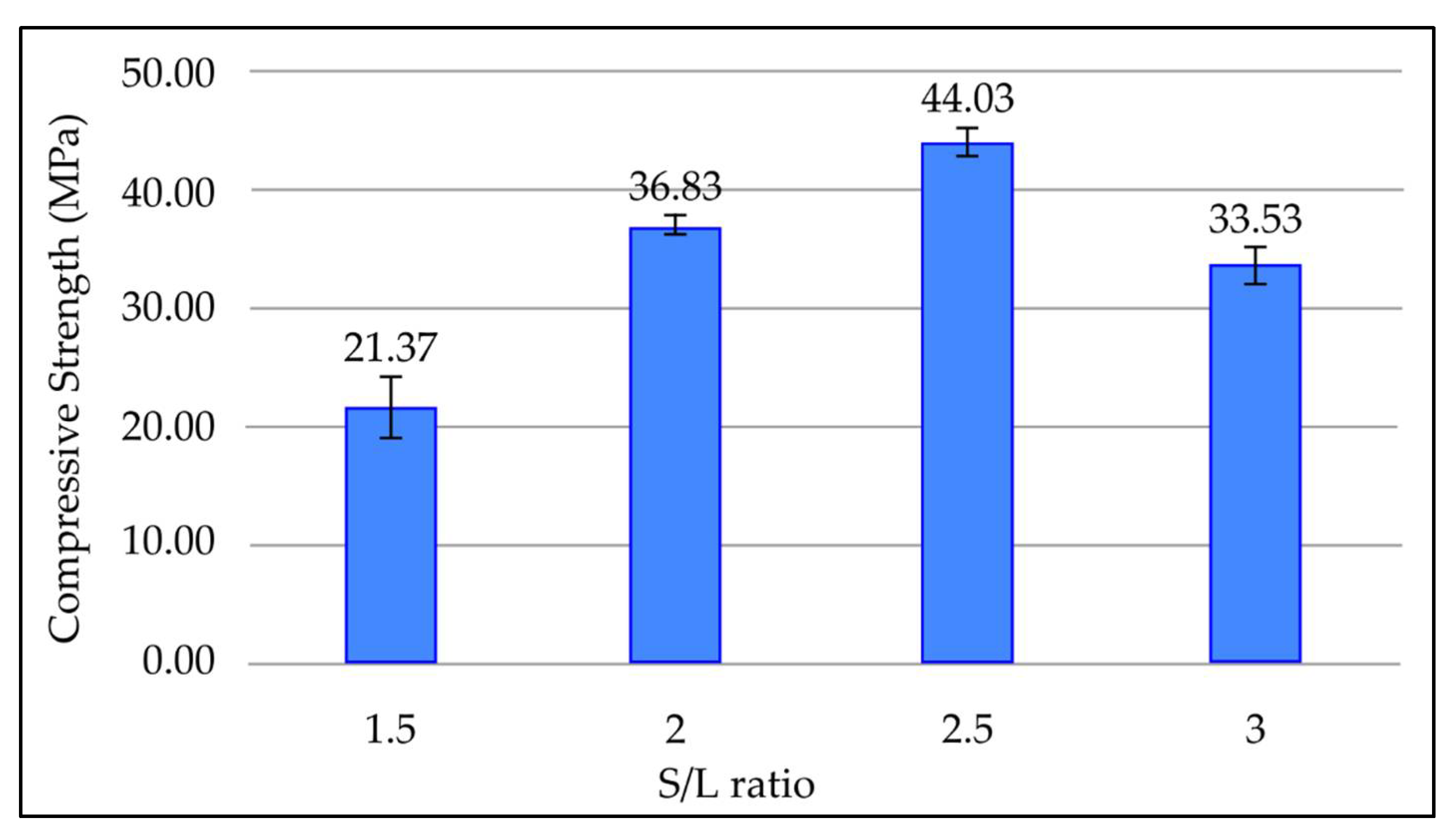
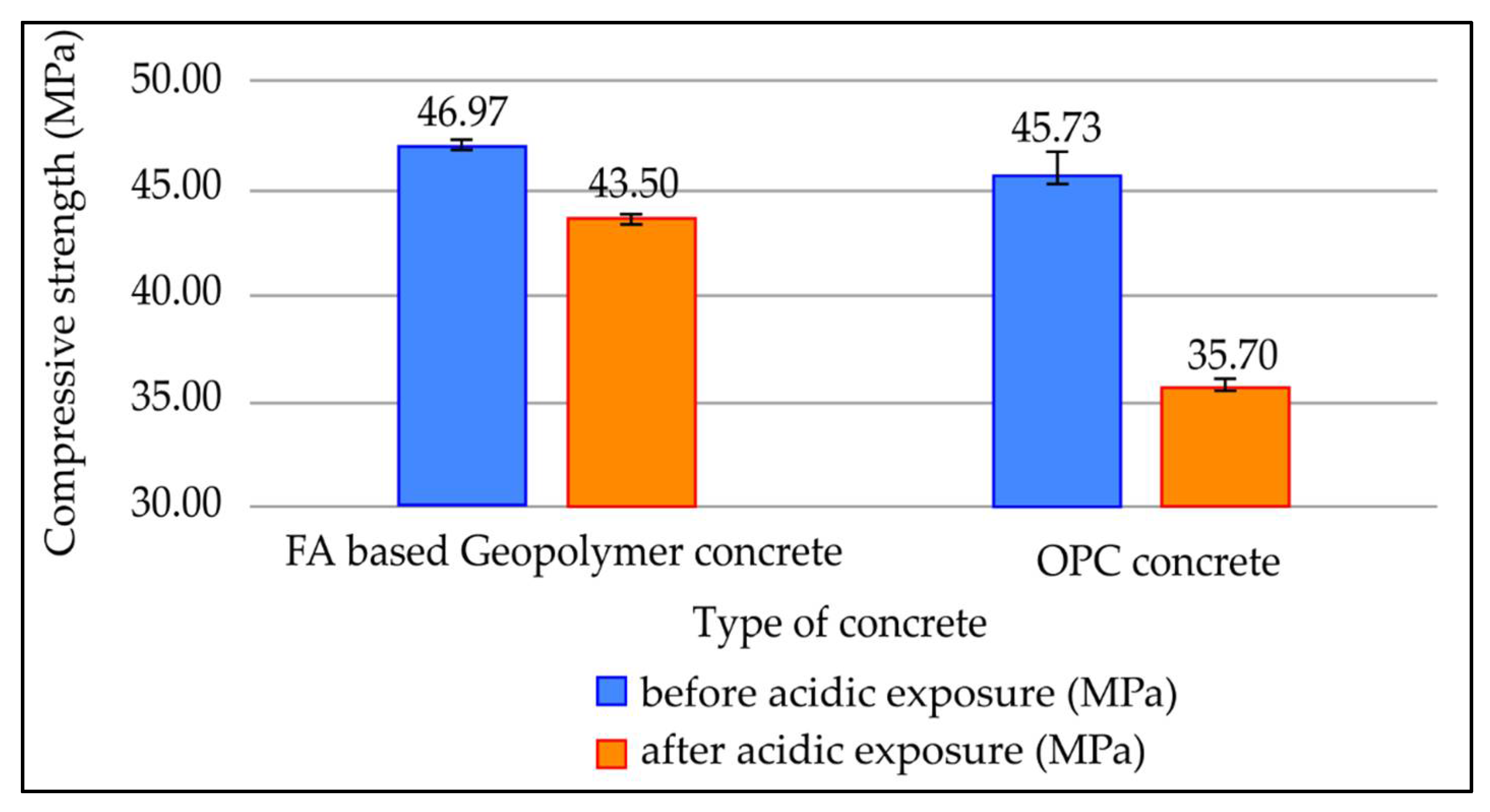

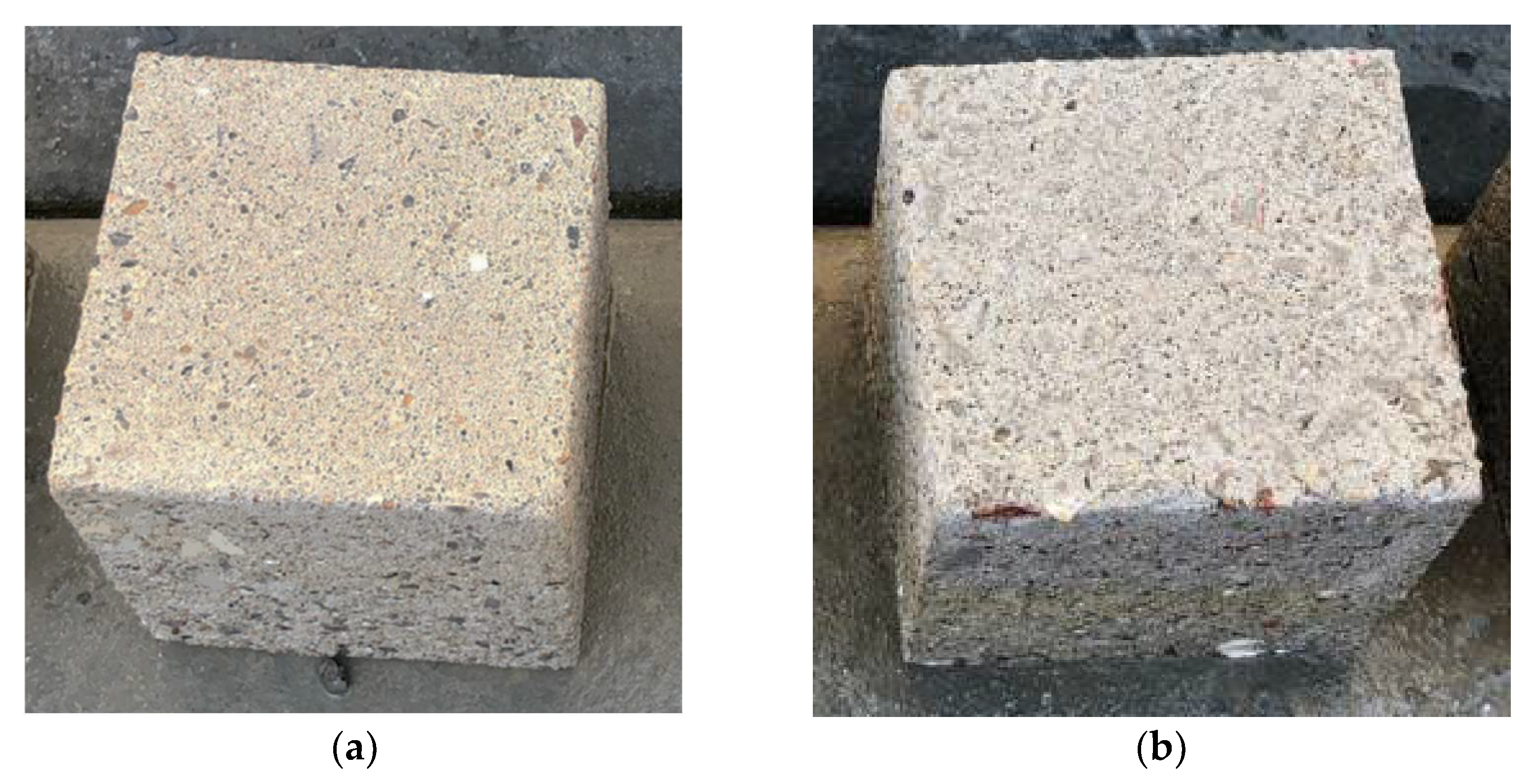

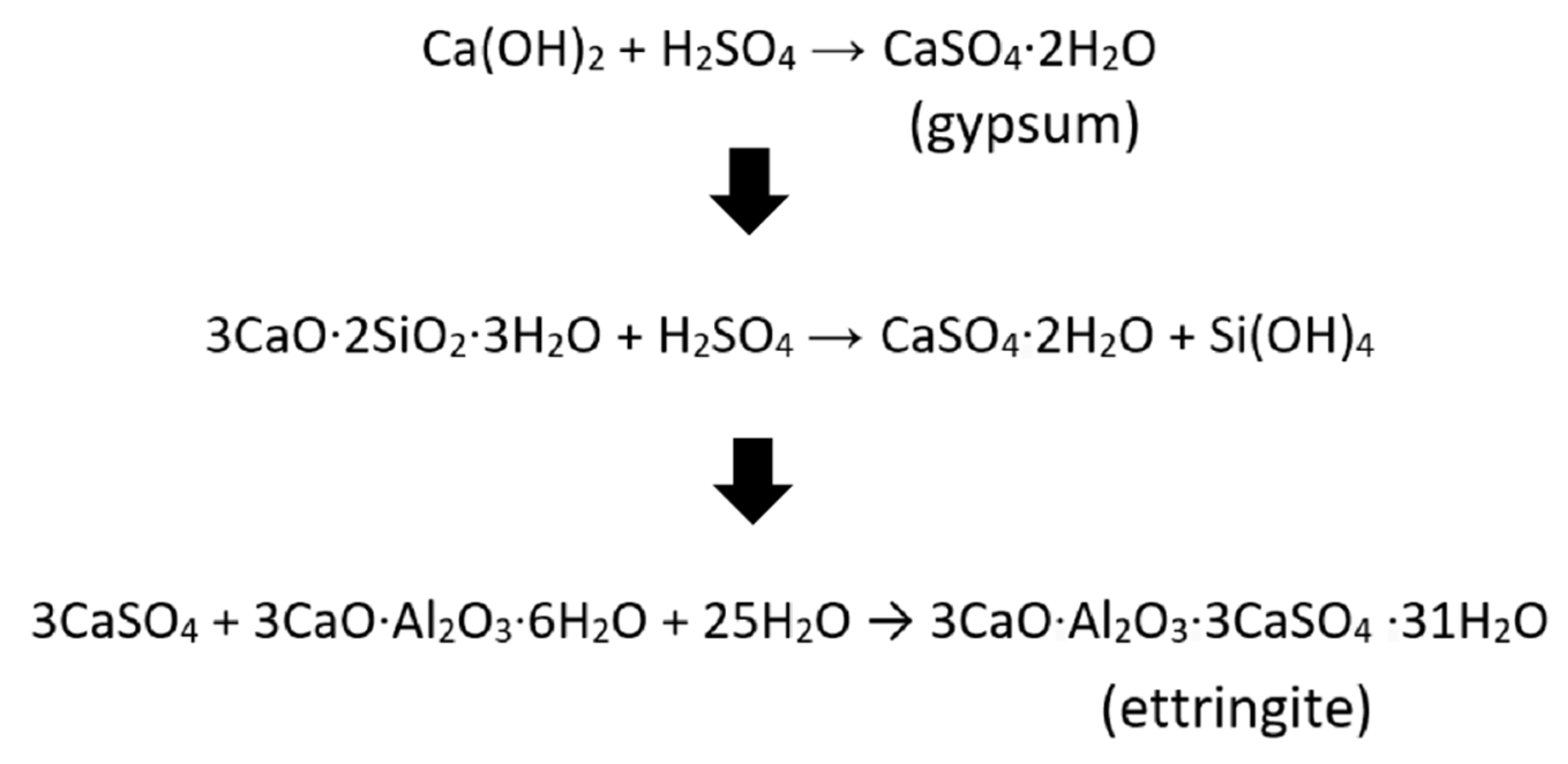
| Type of Pavement | Advantages | Disadvantages |
|---|---|---|
| Flexible Pavements |
|
|
| Rigid Pavements |
|
|
| Cement/Binder | Fine Aggregates | Coarse Aggregates | Water/Cement Ratio |
|---|---|---|---|
| 1 | 1.84 | 2.65 | 0.4 |
| Chemical Composition | Percentage (%) |
|---|---|
| SiO2 | 52.11 |
| Al2O3 | 23.59 |
| Fe2O3 | 7.39 |
| TiO2 | 0.88 |
| CaO | 2.61 |
| MgO | 0.78 |
| Na2O | 0.42 |
| K2O | 0.80 |
| P2O5 | 1.31 |
| SO3 | 0.49 |
| MnO | 0.03 |
| LOI | 9.59 |
Publisher’s Note: MDPI stays neutral with regard to jurisdictional claims in published maps and institutional affiliations. |
© 2022 by the authors. Licensee MDPI, Basel, Switzerland. This article is an open access article distributed under the terms and conditions of the Creative Commons Attribution (CC BY) license (https://creativecommons.org/licenses/by/4.0/).
Share and Cite
Tahir, M.F.M.; Abdullah, M.M.A.B.; Rahim, S.Z.A.; Mohd Hasan, M.R.; Sandu, A.V.; Vizureanu, P.; Ghazali, C.M.R.; Kadir, A.A. Mechanical and Durability Analysis of Fly Ash Based Geopolymer with Various Compositions for Rigid Pavement Applications. Materials 2022, 15, 3458. https://doi.org/10.3390/ma15103458
Tahir MFM, Abdullah MMAB, Rahim SZA, Mohd Hasan MR, Sandu AV, Vizureanu P, Ghazali CMR, Kadir AA. Mechanical and Durability Analysis of Fly Ash Based Geopolymer with Various Compositions for Rigid Pavement Applications. Materials. 2022; 15(10):3458. https://doi.org/10.3390/ma15103458
Chicago/Turabian StyleTahir, Muhammad Faheem Mohd, Mohd Mustafa Al Bakri Abdullah, Shayfull Zamree Abd Rahim, Mohd Rosli Mohd Hasan, Andrei Victor Sandu, Petrica Vizureanu, Che Mohd Ruzaidi Ghazali, and Aeslina Abdul Kadir. 2022. "Mechanical and Durability Analysis of Fly Ash Based Geopolymer with Various Compositions for Rigid Pavement Applications" Materials 15, no. 10: 3458. https://doi.org/10.3390/ma15103458
APA StyleTahir, M. F. M., Abdullah, M. M. A. B., Rahim, S. Z. A., Mohd Hasan, M. R., Sandu, A. V., Vizureanu, P., Ghazali, C. M. R., & Kadir, A. A. (2022). Mechanical and Durability Analysis of Fly Ash Based Geopolymer with Various Compositions for Rigid Pavement Applications. Materials, 15(10), 3458. https://doi.org/10.3390/ma15103458










